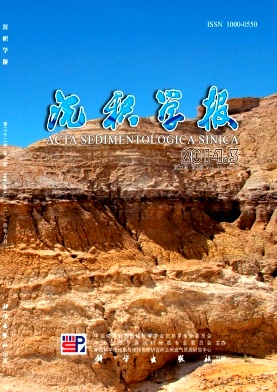Seismic Geomorphology of Quaternary Continental Slope in Rio Muni Basin
- Received Date: 2013-07-21
- Rev Recd Date: 2013-11-03
- Publish Date: 2014-06-10
-
Key words:
- seismic geomorphology /
- submarine channel /
- seabed pockmark /
- submarine slide /
- Quaternary /
- Rio Muni Basin
Abstract: High-resolution 3-D seismic data covering 1 400 km2 of the Rio Muni Basin enabled a detailed study of the Quaternary continental slope submarine topography and the configuration, origin and evolution of geomorphic elements. Three main conclusions about the area under investigation can be drawn in this paper. Firstly, based on the gradient, the seafloor topography shows a north-south partition. Secondly, submarine channels (both straight and sinuous types), submarine slides (both continental slope and channel wall) and seabed pockmarks (isolated pockmarks and sinuous pockmark belts) can be identified. Straight submarine channels developed mainly in the upper continental slope, and sinuous submarine channels developed in the middle and lower slopes. Sinuous submarine channels are mainly distributed in the north and south of Zone 2, and straight submarine channels are mainly in the south, middle and north of Zone 3. The sinuosity of submarine channel is related to the gradient of the seafloor and gravity flow supply. Thirdly, sinuous pockmark belts are distributed mainly in the north and south of Zone 2, and isolated pockmarks are mainly in the south, middle and north of Zone 3. The seismic profile of a single pockmark at any direction is characterized by U-type or V-type. The seismic events of a gas chimney linked to a pockmark show high-amplitude reflection and pull-down effect. The sinuous pockmark belts lie on the seabed above the palaeo-channel. The seafloor along the sinuous pockmark belts is characterized by a ridge-and-swale topography. Palaeo-channels and escape of the shallow gas are the main controlling factors of the sinuous pockmark belts.
| Citation: | Seismic Geomorphology of Quaternary Continental Slope in Rio Muni Basin[J]. Acta Sedimentologica Sinica, 2014, 32(3): 485-493. |






 DownLoad:
DownLoad: